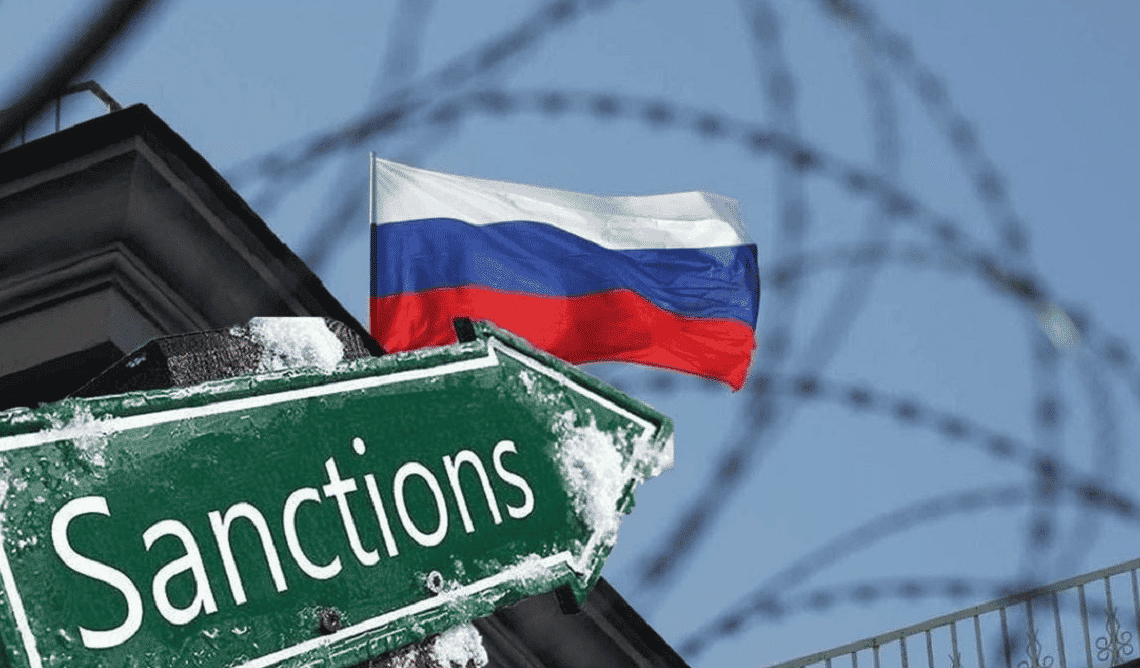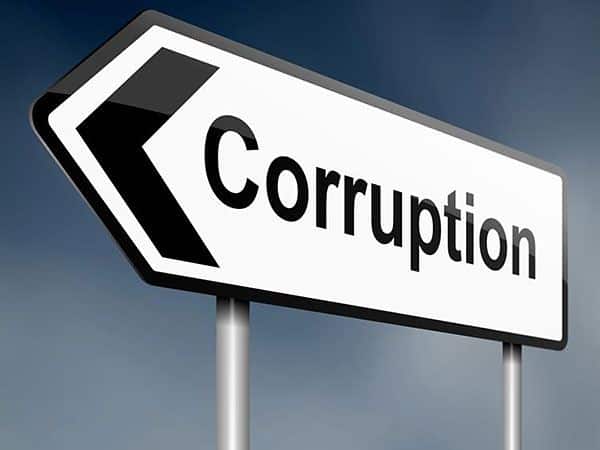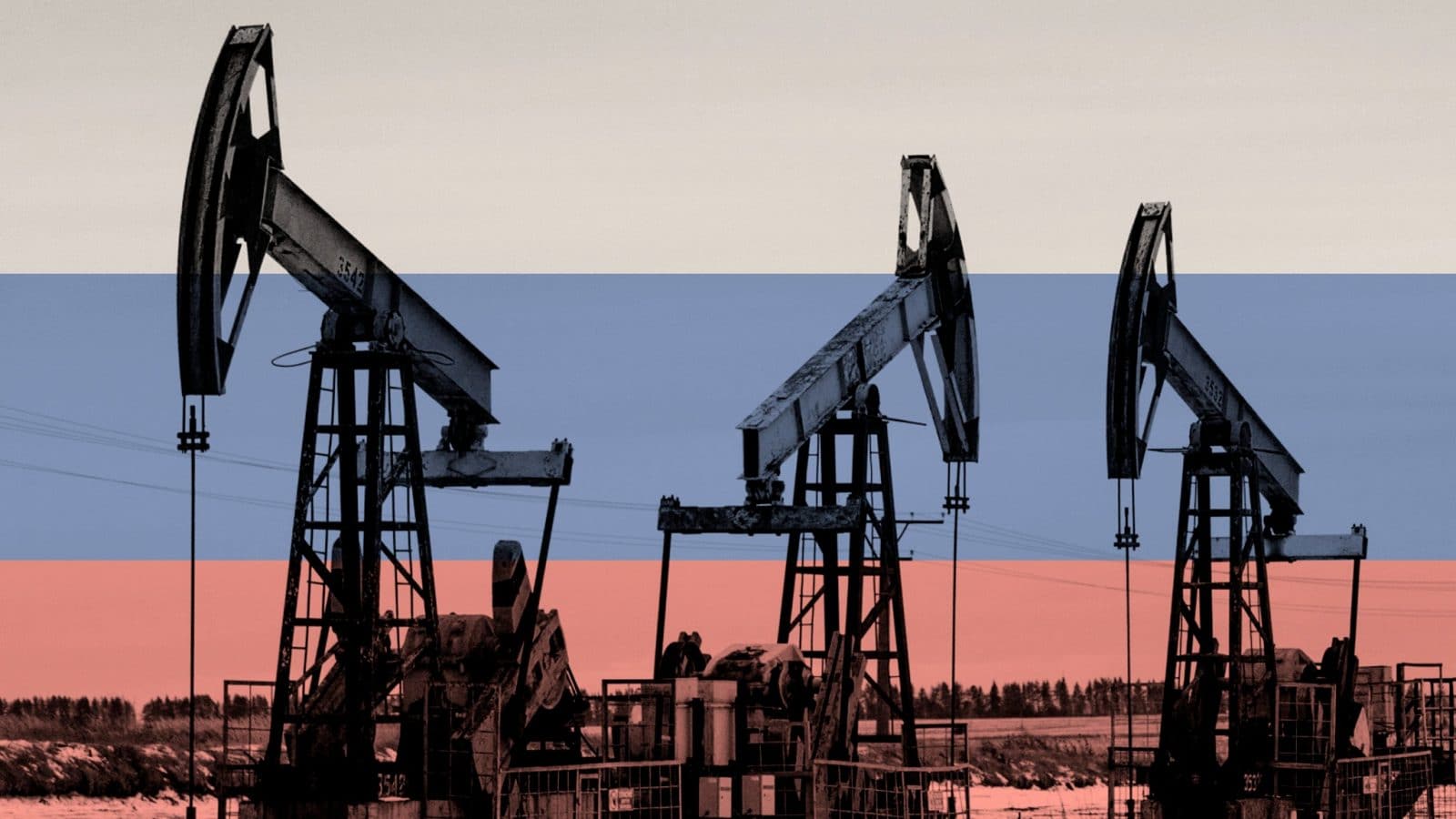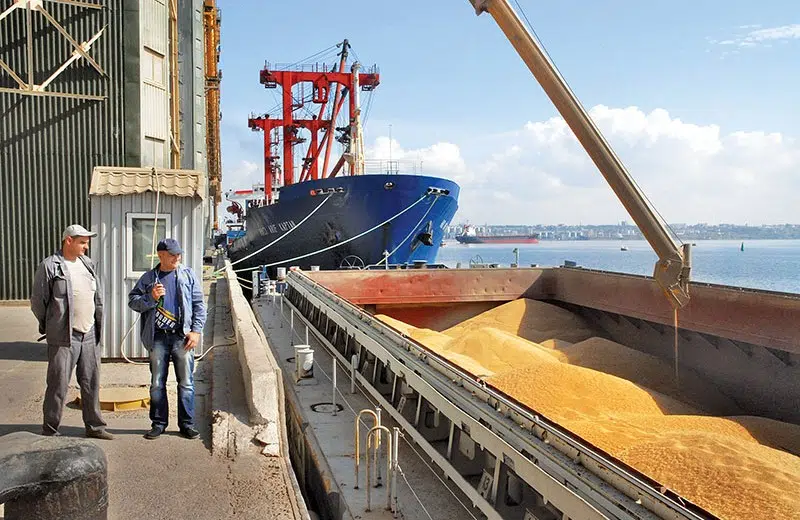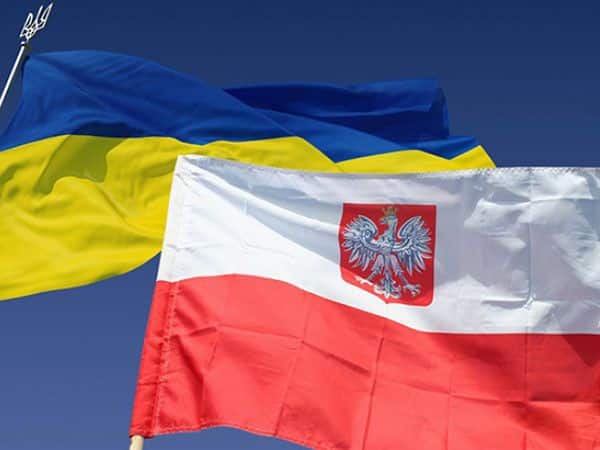On August 18, the European Commission announced that the gas storage facilities of the EU are filled to 90%, significantly ahead of the schedule of previous years, allowing for a reduction in the import of Russian gas.
Is the EU capable of now refusing Russian liquefied natural gas (LNG)?
By the end of the first half of the year, Europe received approximately 12.5 billion cubic meters of Russian gas in the form of LNG. If the same level is maintained in the second half of 2023, the volume of deliveries will reach 25 billion cubic meters, which is nearly equal to the capacity of a single thread of the Nord Stream pipeline.
Overall, since the full-scale Russian invasion of Ukraine, EU countries have imported approximately $20 billion worth of Russian LNG. In 2022, Russia became the fourth-largest LNG exporter in the world (about 8% of the global market) with total sales of around 45.7 billion cubic meters. Deliveries to Europe last year increased by 19.2 billion cubic meters (35% more than in 2021).
Who are the main buyers of Russian LNG?
The biggest importers of Russian liquefied natural gas (LNG) in the EU currently are Belgium, France, and Spain.
In total, these three countries account for 318 out of 348 deliveries to the EU from January 1, 2022, to June 12, 2023. In May 2023, Europe imported more LNG than pipeline gas for the first time in history.
In 2022, EU countries received about 90% of all the LNG produced at the Yamal LNG terminal operated by the Russian company Novatek. In 2022, Belgium, France, and Spain together received nearly 75% of all the LNG shipped from the Sabetta port in the Russian Arctic, where the Yamal LNG terminal is located.
Let’s examine these three countries specifically and analyze the level of their dependency on Russian LNG.
Spain
As the largest European importer of Russian LNG this year, Spain leads this trend: in April 2023, Russian LNG accounted for 6,513 gigawatt-hours (GWh), or 17.4% of the total import volume.
From January to May, Spain doubled or even tripled its import of Russian LNG compared to 2021-2022. In May, Russia supplied a record-breaking 27.9% of Spanish gas, compared to 11.9% the previous year.
In June, Spain’s overall natural gas imports decreased by 20% compared to the previous year. However, the import of Russian LNG only decreased by 12.3% — from 8,617 GWh to 7,673 GWh, making up 26.8% of the country’s total procurement volume. Overall, from January to June, Spain purchased 41,145 GWh of LNG from Russia.
Algeria remains the largest gas supplier to Spain.
Belgium
Belgium has become the largest recipient of LNG from Russian company Novatek. The key hub is the port of Zeebrugge, where Fluxys, the operator of the gas transmission system, manages the LNG regasification and storage terminal. In 2015, Fluxys signed a long-term agreement with Novatek for gas storage until 2035.
The agreement allows for the reception of up to 8 million tons of LNG through this facility annually, which is approximately 105 cargoes. Some of the LNG arriving at Zeebrugge is intended for re-export.
France
In 2022, the volume of Russian LNG imports to France increased by one and a half times compared to 2021. The share of Russian LNG grew to 17%, but the United States remained the main supplier with a share of 41%.
The French energy giant Total Energies acquired over 10% of all Russian LNG shipments, purchasing nearly 4.2 million cubic meters.
Total Energies holds a 20% stake in the operational Yamal LNG terminal and has entered into the largest number of long-term contracts with Novatek, ranging from 15 to 25 years. According to Bruegel, Total holds more than a quarter of all contracts.
This company also holds a 10% stake in the Arctic LNG 2 project, which could double Russian capacities for exporting LNG by LNG tankers. Despite sanctions, Total continues to cooperate with Novatek.
Can this dependence be reduced?
Implementing an embargo on Russian LNG and imposing secondary sanctions to halt the Arctic LNG 2 project is an obvious necessary step that the EU must take to support its declared policies in the areas of international security and combating climate change.
Export from Russia to the EU in 2022 accounted for just over 3% of the global LNG market, which rules out a drastic price surge upon the imposition of an embargo, as the EU can import gas from other sources, including Qatar and the US. Any potential increase in global prices will largely be determined by market conditions and, in the event of reduced demand, might not even occur.
See also: How the West loses to Russia in energy sanctions
Certain EU countries have already prohibited companies from reserving capacities of gas infrastructure for LNG supplies from Russia. The Netherlands announced this in April, while Poland and Baltic countries did so last year.
With proper measures to reduce gas demand, enhance energy efficiency, and accelerate the transition to renewable energy sources, Europe is in a strong position to completely halt Russian LNG imports as early as this year.
Another reason to stop these deliveries is the EU’s climate policy. The goals voiced by the European Union can only be achieved by reducing gas demand by at least 35% compared to the 2019 level by 2030. In this context, discontinuing Russian LNG supplies might be the most effective approach.
Furthermore, according to the MEA Global Methane Tracker report, Russia is the second-largest source of global methane emissions related to energy. The country’s gas infrastructure, including gas wells and pipelines, has significant leaks into the atmosphere, despite years of international calls for the Russian government to take action. This issue was extensively investigated by journalists at The Washington Post in 2021 using satellite monitoring of emissions.
Another study conducted by the US National Energy Technology Laboratory in 2019 showed that using imported Russian gas leads to more greenhouse gas emissions than domestically produced European coal.
Together with dozens of Ukrainian civil organizations, European Pravda (media outlet) appealed to the European Commission in July, calling for the implementation of an embargo on Russian LNG in the 12th package of sanctions. And this is not just about Ukrainian struggle against an aggressor.
At a time when the whole world is approaching a climate catastrophe, the EU must be consistent — setting itself the goal of permanently keeping Russian fossil fuels in the ground in accordance with the globally agreed target under the Paris Agreement.
The next step for the European Union is to impose secondary sanctions against all companies that provide technologies and services facilitating Russia’s export of LNG to global markets.
The time has come to take action to halt this gas flow that threatens Ukraine, the EU, and the entire world.
Originally posted by Svitlana Romanko on European Pravda. Translated and edited by the UaPosition – Ukrainian news and analytics website
See also: Isn’t it time for Ukraine to stop the transit of Russian gas, oil, and ammonia?

